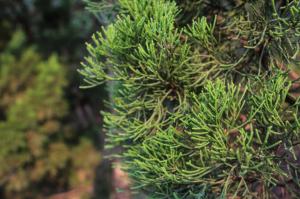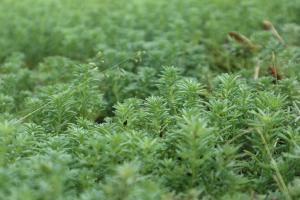What does it mean if tomato plant leaves turn yellow?
Tomato plants are a popular choice for home gardeners due to their ease of cultivation, delicious fruits, and versatile uses. However, sometimes tomato plant leaves can turn yellow, which is a sign of a problem. In this article, we will explore the reasons why tomato plant leaves turn yellow and discuss what you can do to remedy the situation.
1. Nutrient deficiencies
One of the most common reasons for yellow tomato leaves is a lack of essential nutrients. Tomatoes require a range of nutrients to thrive, including nitrogen, phosphorus, and potassium. If one or more of these nutrients are in short supply, the plant may begin to show signs of stress, such as yellowing leaves.
You can add nutrients to the soil by applying fertilizers, compost, or other organic matter. If you are unsure which nutrients your plants need, you can get a soil test done to determine the soil's pH level and nutrient content.
2. Overwatering
Another reason for yellow tomato leaves is overwatering. Tomato plants need water to grow, but if they are given too much, their roots can become waterlogged, which can lead to leaf yellowing and other problems.
To avoid overwatering your plants, only water them when the soil feels dry to the touch. You should also make sure that the soil has good drainage and that water can move freely through it.
3. Diseases
Tomato plants can also suffer from various diseases that can cause yellowing leaves. One of the most common diseases that can cause this symptom is Early Blight, which is caused by the fungus Alternaria solani.
If you suspect that your plants are suffering from a disease, you should remove affected leaves immediately and treat the entire plant with an appropriate fungicide. In severe cases, you may need to remove the entire plant and start fresh.
4. Pest infestations
Finally, yellow tomato leaves can also be a sign of pest infestations. Common tomato pests include aphids, whiteflies, and spider mites, which can suck the sap from the plant's leaves and cause them to yellow and wilt.
To control pest infestations, you can use insecticidal soaps, neem oil, or other natural remedies. If the infestation is severe, you may need to use chemical insecticides.
Conclusion
If your tomato plant leaves have turned yellow, it is important to diagnose the problem quickly and take appropriate action. By addressing the root cause of the problem, you can help your plants regain their health and produce the delicious fruits that you love.

 how many times do yo...
how many times do yo... how many planted tre...
how many planted tre... how many pine trees ...
how many pine trees ... how many pecan trees...
how many pecan trees... how many plants comp...
how many plants comp... how many plants can ...
how many plants can ... how many plants and ...
how many plants and ... how many pepper plan...
how many pepper plan...































